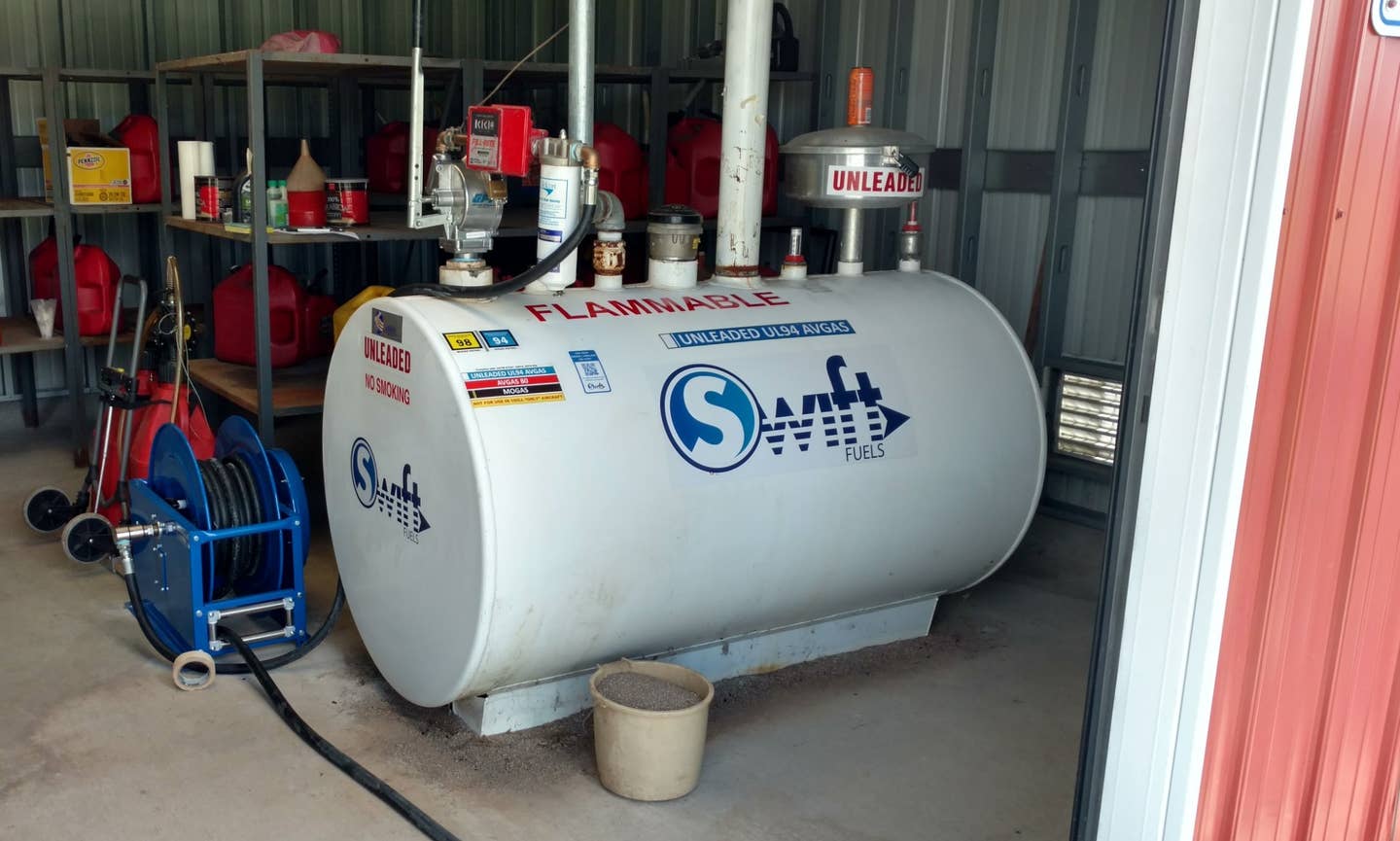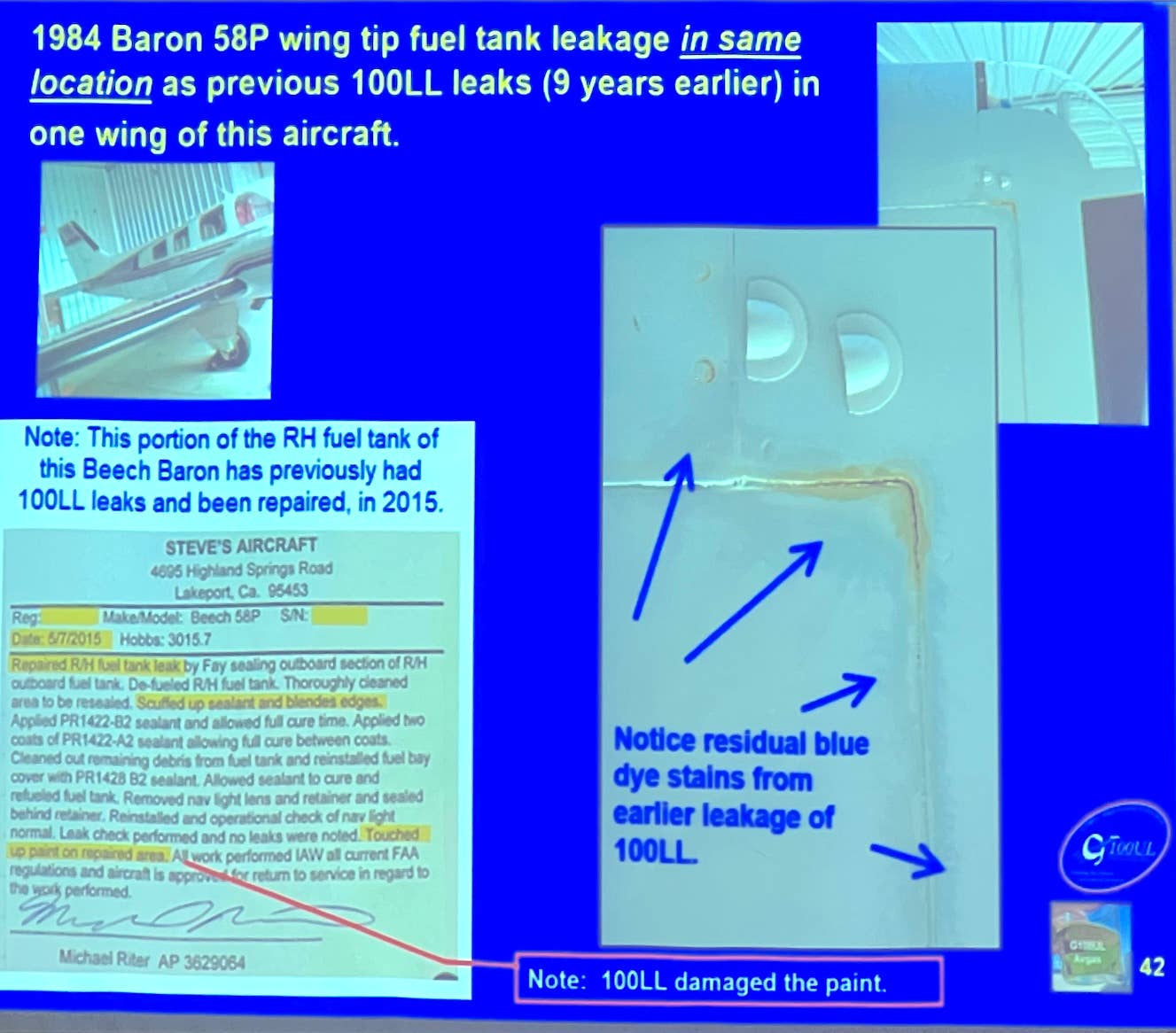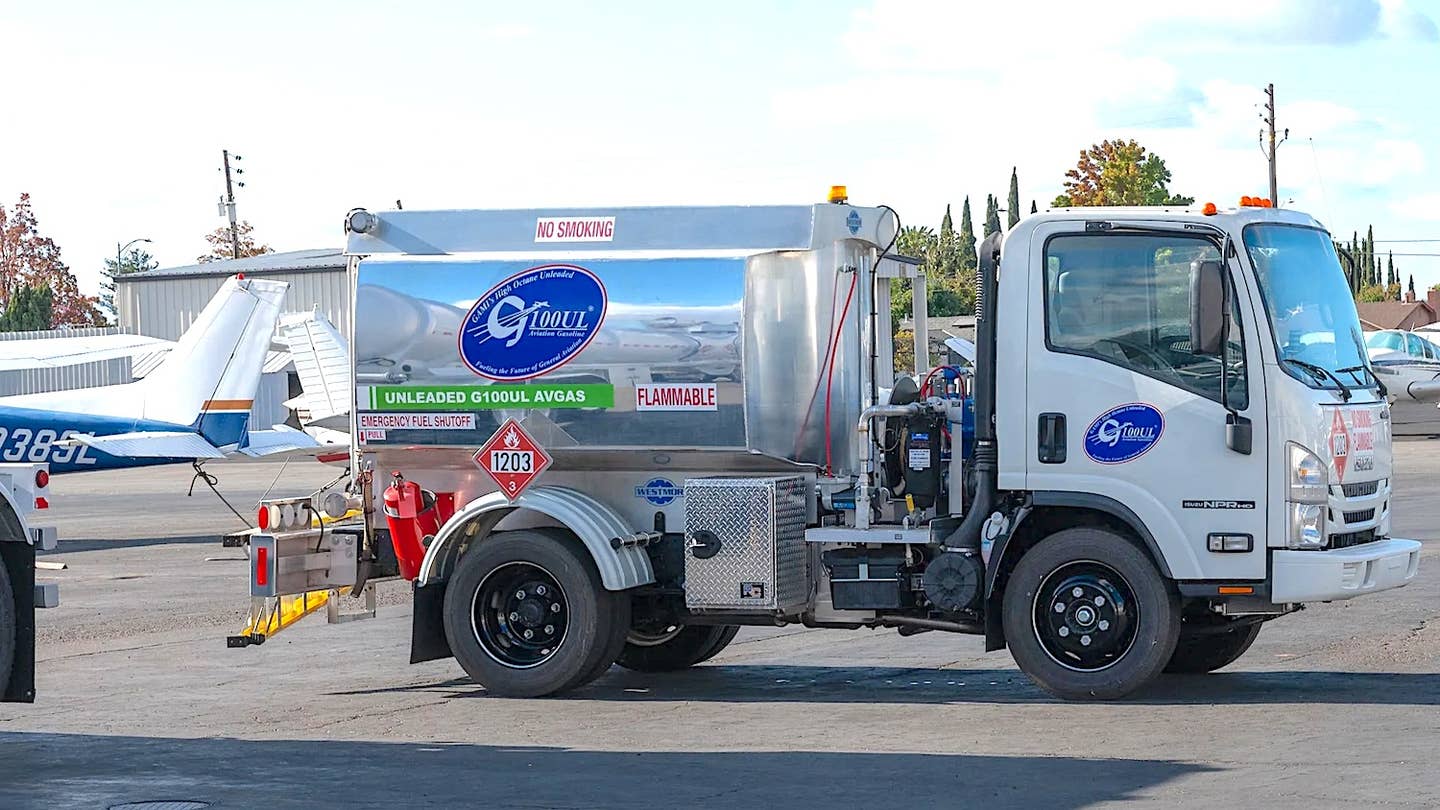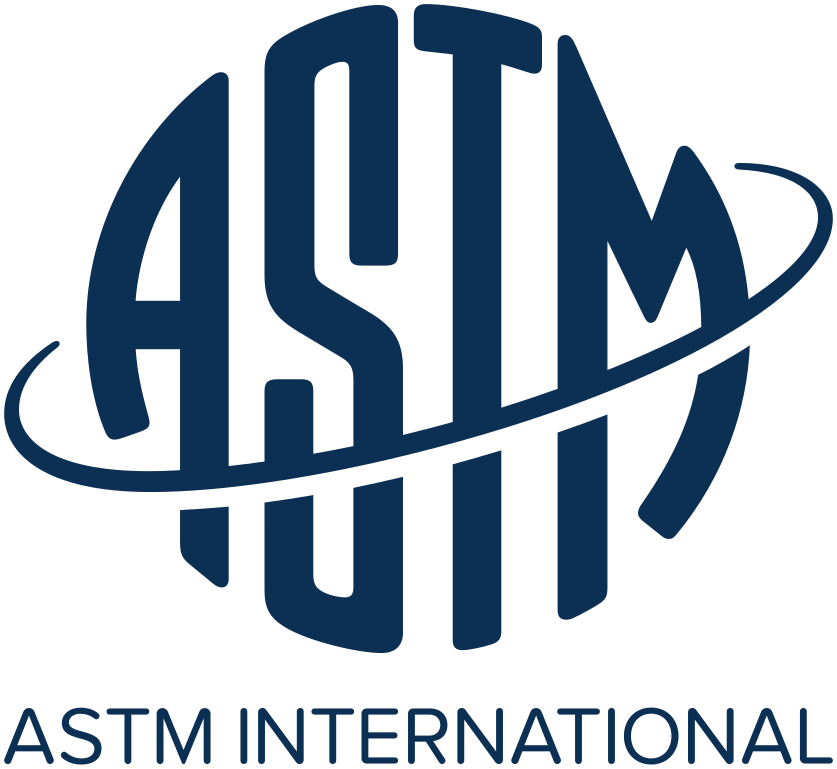The Savvy Aviator #63: Recommended or Required?
Your aircraft is undergoing its annual inspection, and your IA tells you that he has to perform some costly maintenance task because the manufacturer says it’s required. But is it really?
Recently, my aircraft management company SAMMwas managing the annual inspection of a client's piston-powered, single-engine airplane at a well-known maintenance facility in Texas. The inspection found very little wrong with the airplane, and it looked like the annual would be completed quickly and inexpensively. Then, quite unexpectedly, the IA responsible for the annual went to work for another shop, and a new IA was assigned to take over. Things quickly went downhill after that. The new IA informed us that he would not be able to sign off the annual unless we agreed to have both TCM/Bendix S-20 magnetos overhauled or replaced, something that would add nearly $2,000 to the cost of the annual and delay its completion by at least a week. He stated that the magnetos were required to be replaced or overhauled because they had been in service for more than 4 years. We told the IA we saw absolutely no reason to overhaul or replace the magnetos, and would not approve this work. The IA stubbornly refused to sign off the annual unless this work was done. After several back-and-forth iterations, it became obvious that we were at an impasse with the IA. At that point, we took the only reasonable course of action available to us under the FARs: We directed the IA to sign off the annual with discrepancies, obtained a ferry permit from the local FSDO -- allowing the aircraft to be flown back to its home base -- and then had a local A&P make logbook entries clearing the "non-discrepancy discrepancy" that the IA had recorded, and approving the aircraft for return to service. (The local A&P saw no reason to overhaul or replace the mags either.) For what it's worth, the TCM/Bendix magnetos on my own Cessna T310R have not been replaced or overhauled for 18 years, and I do not plan to overhaul them until the engines are overhauled. I do regular 500-hour disassembly inspections of the mags and that's all that I consider necessary. Most mechanics would agree with this approach.
What Was the IA Thinking?
In subsequent correspondence with the general manager of the Texas shop (who was the IA's boss) we learned more about why the new IA had decided to take the action he did. The shop manager wrote,
We had an honest difference of interpretation of the maintenance regulations with respect to TCM magneto time/life. Please allow me to outline our view. To be clear, there are two very different TCM magneto inspection and overhaul/replace criteria to be met. First, there is a 500 hours-of-use inspection. This is commonly done at any full-service maintenance facility, and there has been no debate about this requirement. It is nothing new, and it is common industry practice to perform this inspection at 500-hour intervals. In fact, to complete an annual, any shop must perform this inspection if due. I think anyone in the industry would agree. Second, there is a relatively new, four years time-in-service or five years since-date-of-manufacture requirement to either overhaul or replace TCM magnetos. This fairly recent change was published by TCM as a revision to SB643B (150 KB Adobe PDF). Our three very experienced and well-respected IAs on staff here have concluded that TCM magnetos must be overhauled or replaced on a four-year time-in-service schedule, and that neither we nor any other maintenance facility has any leeway with respect to this requirement. The key points in the revised Service Bulletin SB643B are in the first and the last paragraphs. The first paragraph says, "The following information constitutes the manufacturer's Instructions for Continued Airworthiness [emphasis added] ..." While this is a service bulletin and is therefore by definition optional, TCM chose to add the language "Instructions for Continued Airworthiness" or ICA. This language -- highly unusual for a Service Bulletin -- led to our interpretation that the 4-year/5-year requirement is not optional based on FAR 43.16 "Airworthiness Limitations," which states, "Each person performing an inspection or other maintenance specified in an Airworthiness Limitations section of a manufacturer's maintenance manual or Instructions for Continued Airworthiness shall perform the inspection or other maintenance in accordance with that section ..." Section 4.C of SB643B then spells out the ICA requirement that "... magnetos must be overhauled or replaced at the expiration of five years since the date of original manufacture or last overhaul, or four years since the date the magneto was placed in service ..." Our own opinion based on experience is that the four-year overhaul/replace requirement is too aggressive and does very little to enhance the safety of these aircraft. But until we can obtain some written guidance to the contrary, we feel that we have no option but to abide by the regulatory requirement as stated in SB643B.
Why the IA Was Wrong
It is apparent from this correspondence that the IA at the shop in Texas did not arrive at his decision lightly. His position was thoughtful and logical. Unfortunately, it was also wrong. I decided to write this column because I think it's important for aircraft owners and mechanics alike to understand precisely why the IA was wrong, and why the four-year magneto overhaul/replacement is notrequired. The same logic used by this IA to conclude that the magnetos had to be replaced is also used by many other mechanics and shops to justify all sorts of other maintenance "requirements" that aren't actually required. The Texas IA's principal mistake was misunderstanding the meaning of FAR 43.16:
43.16. Airworthiness Limitations.
Each person performing an inspection or other maintenance specified in an Airworthiness Limitations section of a manufacturer's maintenance manual or Instructions for Continued Airworthiness shall perform the inspection or other maintenance in accordance with that section ...
The critical point that the IA missed is that TCM SB643 (which he is relying upon for authority on the four-/five-year "requirement") does not contain an "Airworthiness Limitations" section. In fact, according to TCM's Loren Lemen (who is the person responsible for writing TCM's maintenance manuals and ICAs), no current TCM maintenance document contains an "Airworthiness Limitations" section. No Lycoming maintenance document has one, either. Most maintenance manuals for unpressurized piston-powered airplanes do not contain an "Airworthiness Limitations" section. The only ones that do are recently certified Part 23 airplanes like the Cirrus SR2x, Columbia 3/4xx, and Diamond DA-4x -- and for those aircraft, the Airworthiness Limitations section contains just a tiny handful of items, none of them related to magnetos. For instance, the Airworthiness Limitations section of the Cirrus SR22 maintenance manual contains a 10-year parachute repack requirement, a six-year replacement for the parachute-reefing line cutters, and a 15,000-hour life limit on the airframe, and that's about it. So long as a maintenance manual or ICA does not contain an Airworthiness Limitations section (and most do not), FAR 43.16 does not apply. If it does contain an Airworthiness Limitations section, FAR 43.16 applies only to those items in that section. The Texas IA also seemed to ignore the fact that TCM SB643 is a manufacturer's service bulletin and therefore ipso facto non-compulsory for a Part 91 operator. I have an official Letter of Interpretation from the FAA Office of General Counsel that states unequivocally that compliance is never required by regulation with any manufacturer's service bulletin -- even if the manufacturer says it is mandatory. Consequently, I'm fairly certain that there's no such thing as a service bulletin that contains an Airworthiness Limitations section -- it would make no sense to have something that is always compulsory embedded in the middle of something that is never compulsory. Here's the key point that every aircraft owner and mechanic needs to understand: No manufacturer can mandate any maintenance requirement on a Part 91 aircraft owner; only the FAA can do so.The FAA may mandate a maintenance requirement in three different ways:
- In the Type Certificate Data Sheet (TCDS) for the aircraft, engine or propeller;
- In an FAA-approved "Airworthiness Limitations" section of a manufacturer's maintenance manual or Instructions for Continuing Airworthiness; or
- In an Airworthiness Directive.
If a maintenance requirement is not mandated by the FAA in one of these three ways, then it is not requiredby regulation for a Part 91 operator.
Recommendation vs. Requirement
The manager of the Texas shop also spoke about a 500-hour time-in-service inspection "requirement" for mags. This disassembly inspection is not a regulatory requirement either, only a manufacturer recommendation. It happens to be a good recommendation, and one that I agree with wholeheartedly. I do this 500-hour inspection on my own aircraft and always have it done on the aircraft my company manages, because I believe that it is important to ensure continued reliable operation of the magnetos. However, I never refer to the 500-hour mag inspection as a "requirement" because it is not. It's simply a recommendation, and a good one. Many operators go far beyond 500 hours without opening up their magnetos for inspection, and while they may be imprudent in doing so, they are not in contravention of any FAA regulation. Now, it's very likely that the Texas shop works on multiengine turbine aircraft and large aircraft above 12,500 pounds gross weight. The rules for those aircraft are completely different; they are required to be maintained in accordance with the manufacturer's recommended maintenance program. Thus, for such aircraft, a manufacturer's recommendation does become a regulatory requirement. But small piston or single-engine turbine aircraft are maintained under a far-less-exacting set of rules, the requirements for which are set forth in Part 43 Appendix D. Those aircraft are notrequired to be maintained in accordance with manufacturer recommendations. For such aircraft, manufacturer's recommendations are only that: recommendations. When I maintain my own airplane, or advise my clients on how to maintain their aircraft, I suggest following manufacturer's recommendations when they make sense, and to disregard them when they do not make sense. The Texas IA and I seem to agree that arbitrarily replacing or overhauling magnetos every four years does not make sense. The difference is that he believed it was required, while I know it is not.
Methods, Techniques and Practices
Another much misunderstood regulation is FAR 43.13, which states in part:
43.13 - Performance rules (general).
(a) Each person performing maintenance, alteration, or preventive maintenance on an aircraft, engine, propeller, or appliance shall use the methods, techniques, and practices prescribed in the current manufacturer's maintenance manual or Instructions for Continued Airworthiness prepared by its manufacturer, or other methods, techniques, and practices acceptable to the Administrator, except as noted in 43.16 ...
This regulation is often misinterpreted by mechanics to mean, "If it's in the maintenance manual, then you have to do it." But that's not what it means, at least for Part 91 operators of small piston or single-engine turbine aircraft. The key to understanding FAR 43.13 is the phrase "methods, techniques and practices." That phrase refers to how to do something, not whento do something. In other words, if the manufacturer's maintenance manual or ICAs tells us to do some maintenance task every 500 hours or four years or 2500 landings (or whatever), that's simply a recommended interval and we (as Part 91 operators) aren't required to comply with those times if we don't want to. However, if we ultimately decide to perform the task at some point, then we are obligated to do it in precisely the fashion spelled out by the manufacturer in the maintenance manual or ICAs. The manufacturer's "how-to" instructions are compulsory, but the manufacturer's "when-to" instructions are not. For example, suppose the maintenance manual tells us to remove, clean, gap, rotate and reinstall spark plugs every 100 hours. This is merely a recommended interval, and we're not required to do it every 100 hours if we don't want to. However, if the maintenance manual tells us to torque the spark plugs to 330 30 inch-pounds, then whenever we decide to do spark-plug maintenance, we are required to install the plugs to the manufacturer-prescribed torque. The 100-hour interval is a "when-to" (and therefore not mandatory), while the 330 30 inch-pound torque is a "how-to" (and therefore mandatory). The exception is that a "when-to" becomes mandatory if it is prescribed in (1) the aircraft, engine or propeller TCDS, (2) an "Airworthiness Limitations" section of the maintenance manual or ICA, or (3) an Airworthiness Directive.
Epilogue
The general manager of the Texas shop was not an A&P or IA himself, so he had relied on his IAs to ensure compliance with FAA regulations. But I found the general manager to be an extremely intelligent, well-educated and thoughtful person. I had him pull out a copy of Part 43 and of TCM SB643 and we walked him through those documents together much as I have done in this column. After reading the regulations and the service bulletin with his own eyes, the general manager agreed that I was right and that his IAs were wrong, and promised to give them a little remedial education in this area. We've now got another client's airplane undergoing an annual inspection at this same shop, and I don't expect that we'll run into this problem again. See you next month.
Want to read more from Mike Busch? Check out the rest of his Savvy Aviator columns.
And use this link to send questions to Mike.






